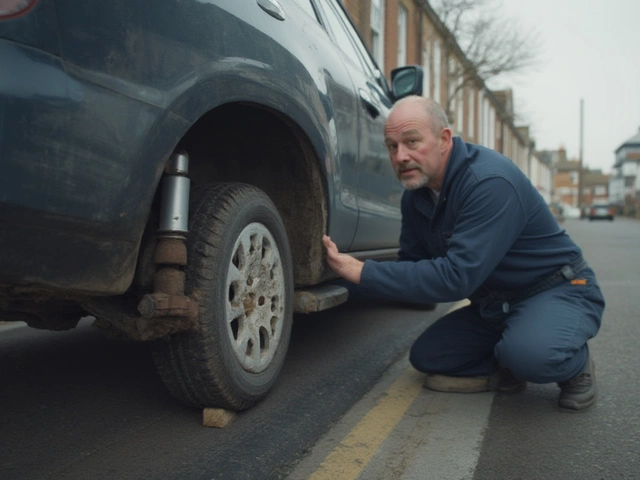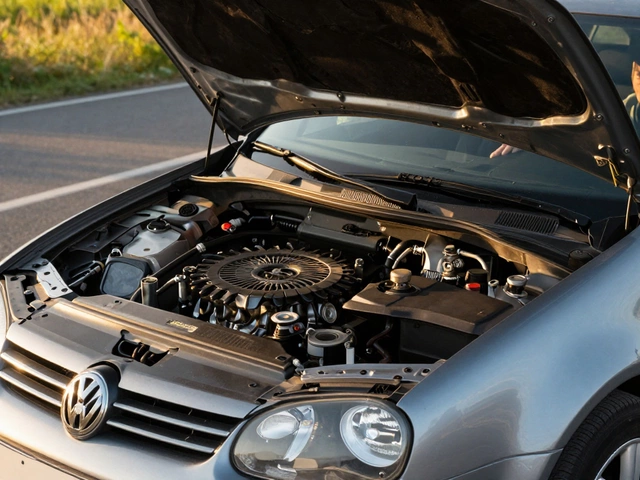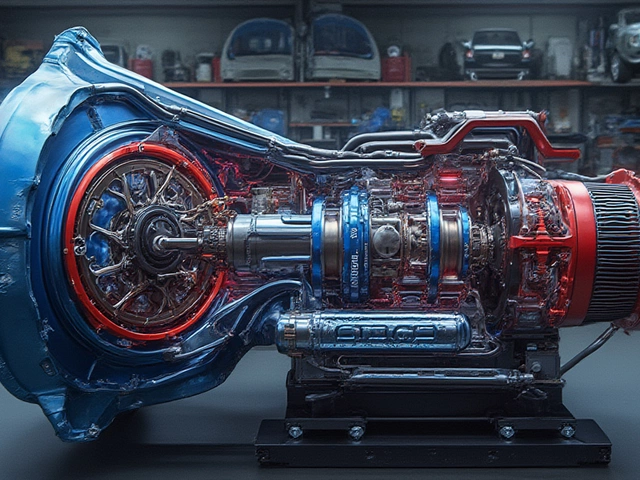Replacement Guide: When & How to Replace Key Car Parts
If you’ve ever wondered why your car feels off, the answer is often a simple replacement. Worn brakes, tired spark plugs, or a slipping clutch can turn a smooth ride into a risky one. The good news? Most of these parts show clear signs before they fail, and fixing them yourself can save money and time.
First, pay attention to the noises and feels coming from your vehicle. A high‑pitched squeal when you press the pedal? That’s usually your front brake pads wearing down. A grinding sound as you slow down? It could be the rear pads or even the rotors. If the engine stutters during acceleration or you notice a rough idle, spark plugs are likely overdue for a change. A burnt smell from the gearbox or a jerky shift? Your clutch may be on its last legs. Recognising these clues early prevents costly breakdowns and keeps you safe on the road.
Common parts that need replacement
Brake pads and discs are the most frequent replacements because they grind against each other every time you stop. Most manufacturers recommend changing pads every 30,000‑50,000 miles, but heavy city driving can halve that interval. Spark plugs, on the other hand, usually last 20,000‑30,000 miles in modern engines, though high‑performance models may need them sooner. The clutch is a bit different – its lifespan depends on driving style. Frequent hill starts, aggressive launches, or riding the clutch can reduce its life to as little as 40,000 miles.
Battery replacement is another staple of car maintenance. A healthy battery should hold a charge for about four to five years. Look for dim headlights, slow engine cranks, or warning lights on the dash as early warnings. Windshield wipers also need regular swapping; most blade sets last six months to a year, but harsh winters can wear them out faster. Finally, don’t forget the suspension components – shocks and struts lose effectiveness after about 50,000 miles, leading to a bouncy ride and reduced handling.
DIY vs professional replacement
Many replacements are DIY‑friendly if you have basic tools and a safe workspace. Changing spark plugs, wiper blades, or even brake pads can be done in an hour with a socket set and a bit of patience. You’ll save the labour cost and learn a lot about how your car works. However, some parts demand special equipment or expertise. Clutch replacement, for example, requires the transmission to be removed – a job best left to a qualified mechanic. The same goes for suspension repairs; improper installation can affect alignment and safety.When you decide to go DIY, always consult the vehicle’s service manual. It gives torque specs, part numbers, and step‑by‑step instructions tailored to your model. Keep a clean work area, label bolts if needed, and double‑check that everything is re‑torqued correctly. If you’re ever unsure, a quick call to a local garage can confirm whether a job is within your skill set.
In short, staying on top of replacements keeps your car reliable and your wallet happy. Listen to what the car is telling you, check mileage guidelines, and choose the right balance between DIY fixes and professional help. With a little awareness, you’ll know exactly when a part needs swapping before it leaves you stranded.
 22 June 2025
22 June 2025
How Often Do Car Radiators Need Replacement?
Wondering when you should replace your car radiator? This article explains the real lifespan of car radiators, the things that wear them out, and how to spot problems before they turn serious. Get straight answers, practical maintenance tips, and learn why some radiators last a decade while others fail fast. You'll pick up signs that hint at bigger issues and ways to make your radiator last longer. Save your car (and money) from surprise breakdowns.
 18 June 2025
18 June 2025
Is it Cheaper to Resurface or Replace Rotors? Real Costs for Your Brakes
Wondering if you should resurface or replace your brake rotors? This article breaks down the actual costs, benefits, and drawbacks of each choice. You'll get real-world advice, plus tips to save money without risking safety. Learn how to tell if resurfacing is even an option for your car. Equip yourself with smart info before your next repair bill surprises you.
Latest Posts
-

Testing Your Clutch: Simple Steps to Know It’s Working Right
-

How to Spot Bad Suspension Shocks: Warning Signs and Solutions for Your Car
-

Can a Clutch Last 200k Miles? Real-World Facts and What Actually Matters
-

Upgrading Car Radiators: Is It Worth It?
-

Stage 2 Clutch Kit Explained: Benefits, Performance, and Why Drivers Upgrade

0